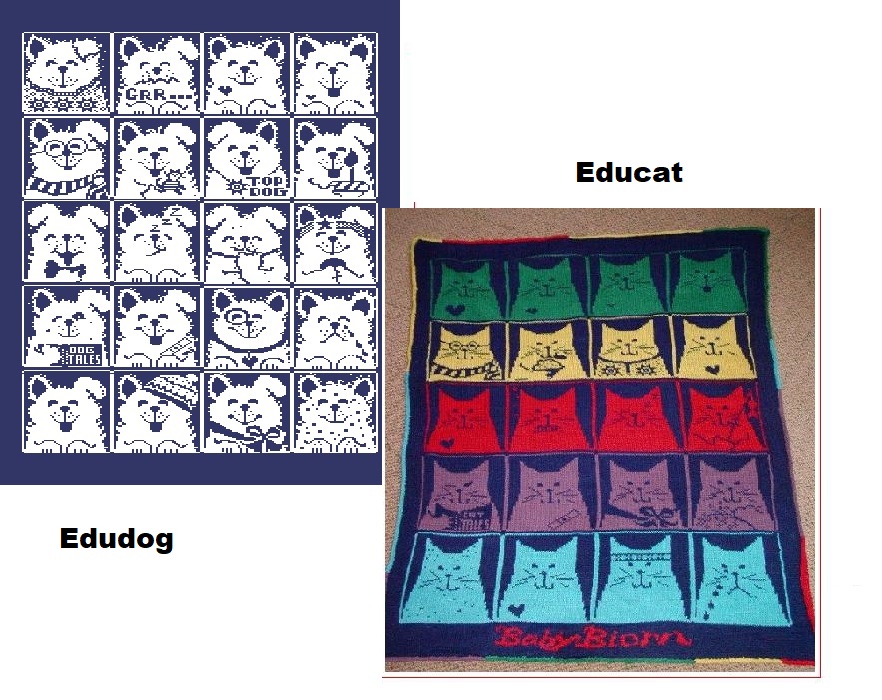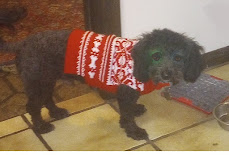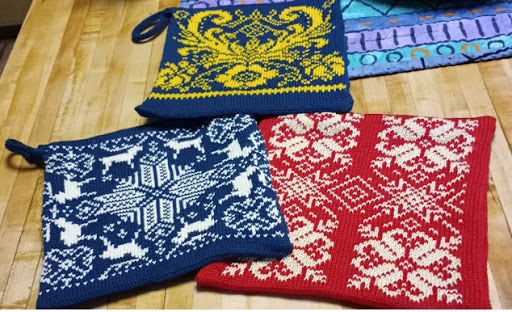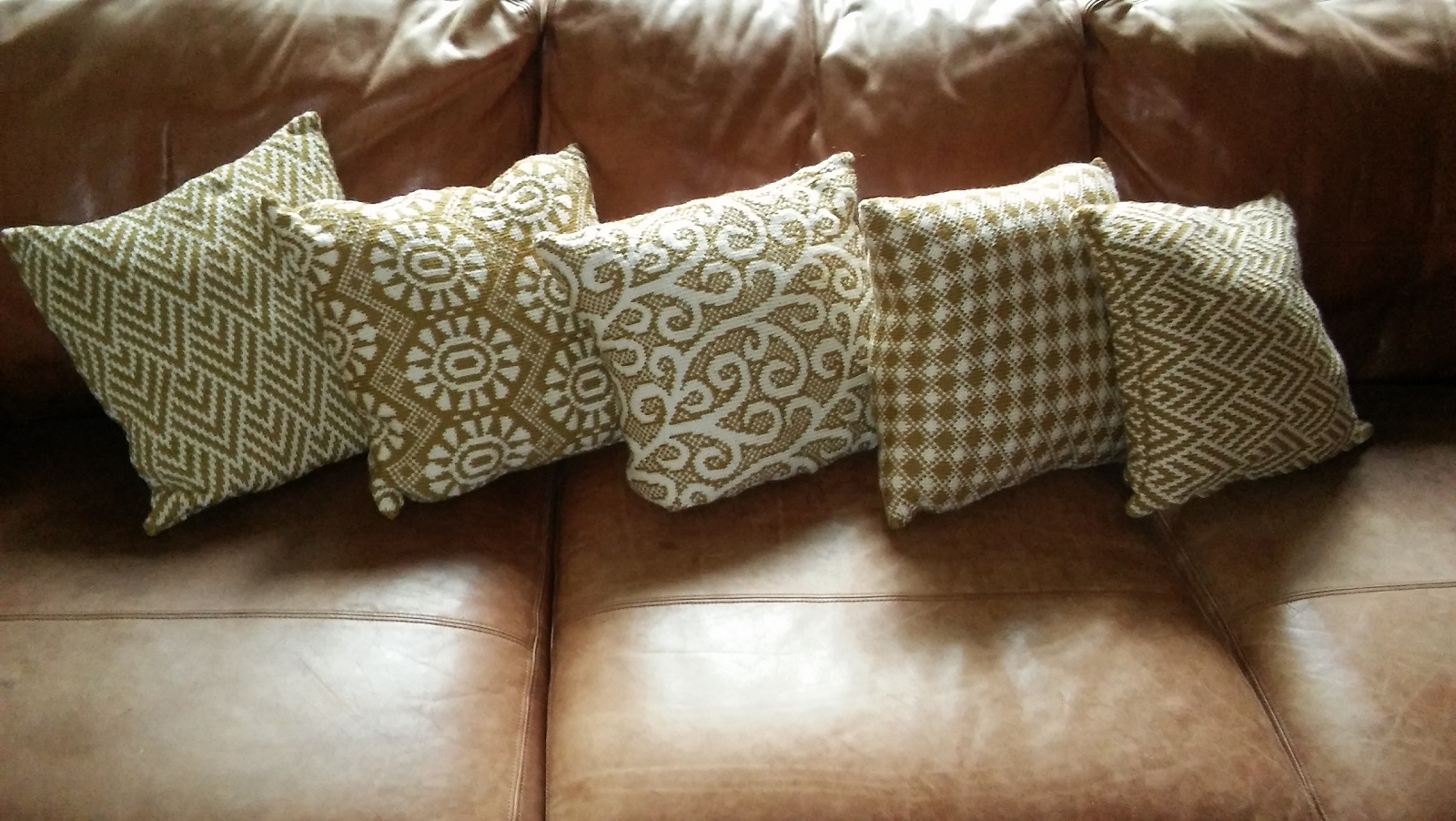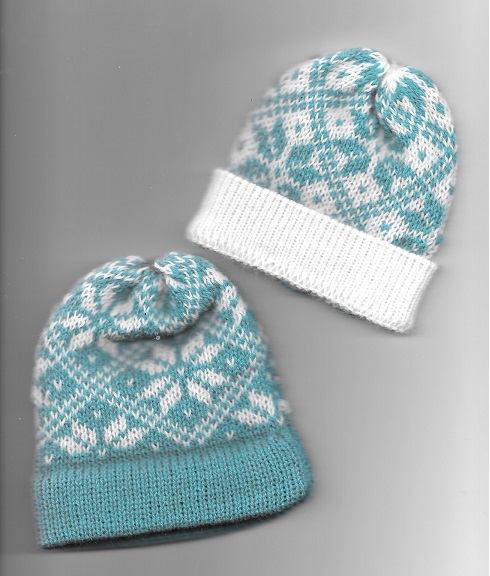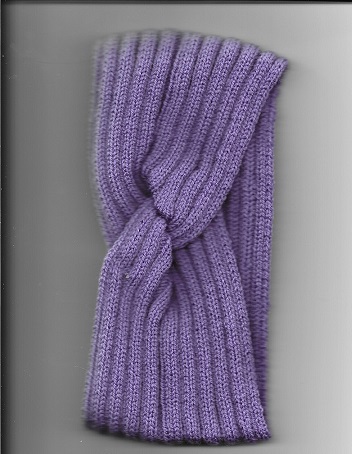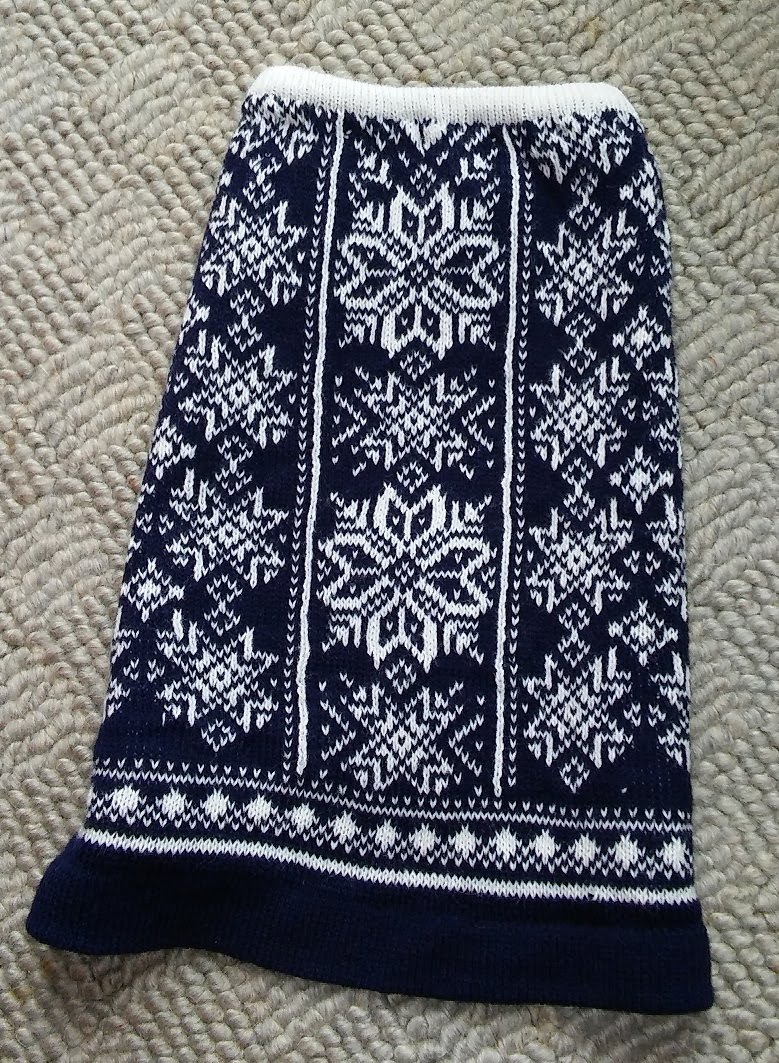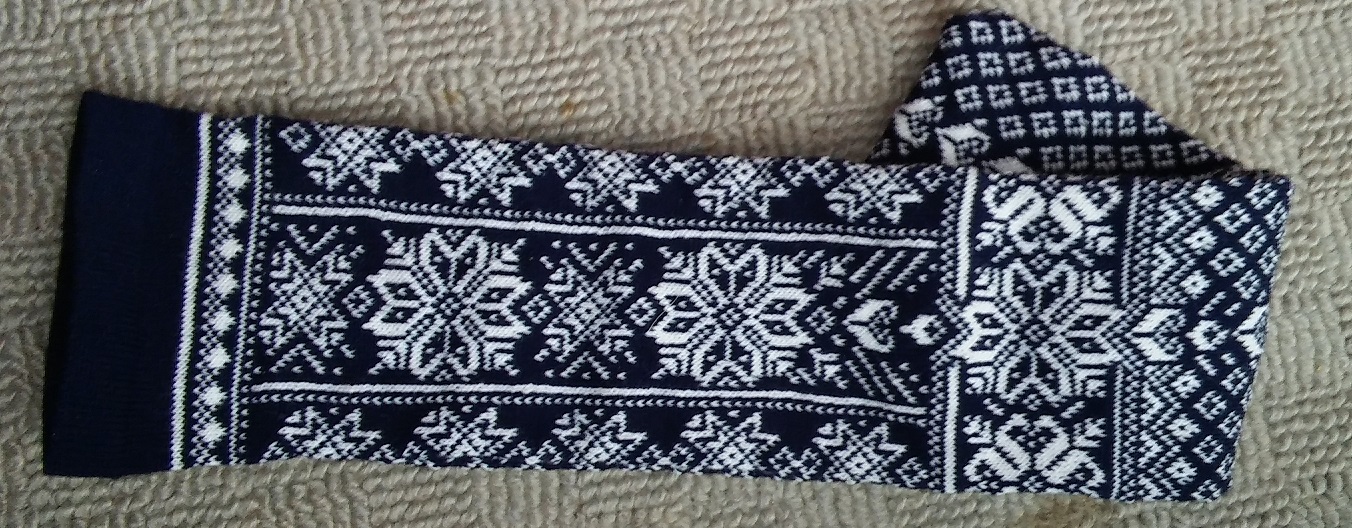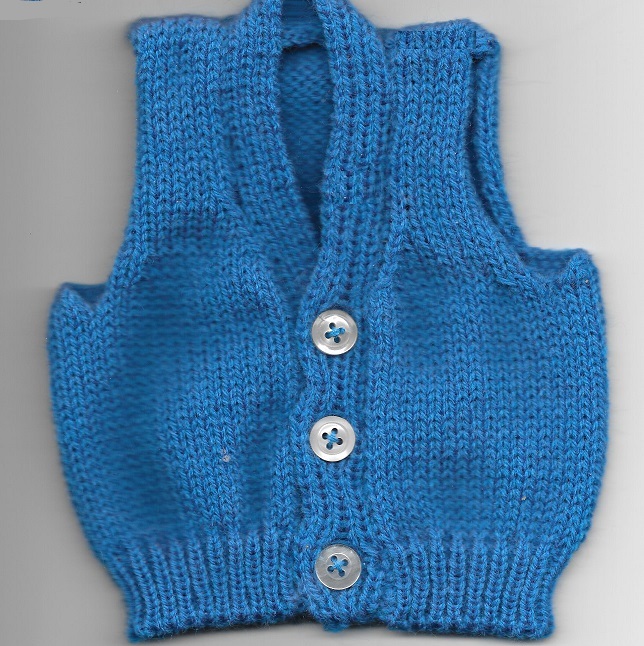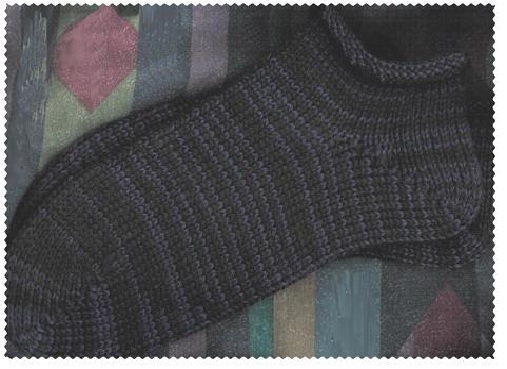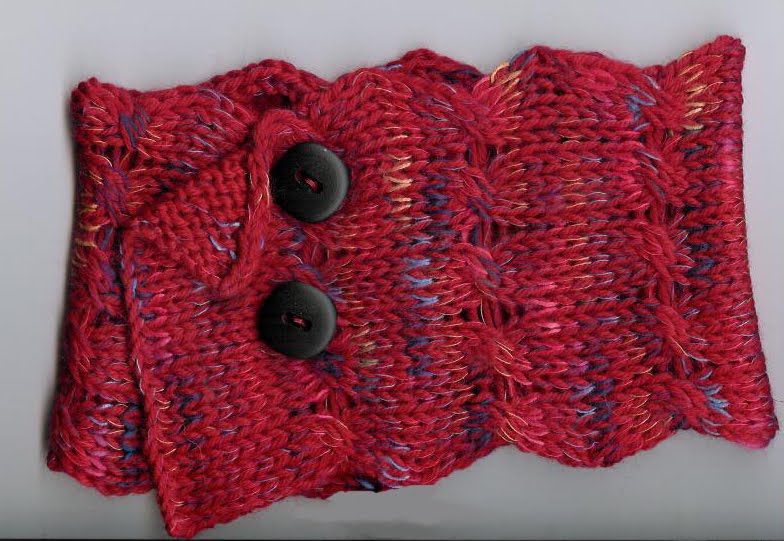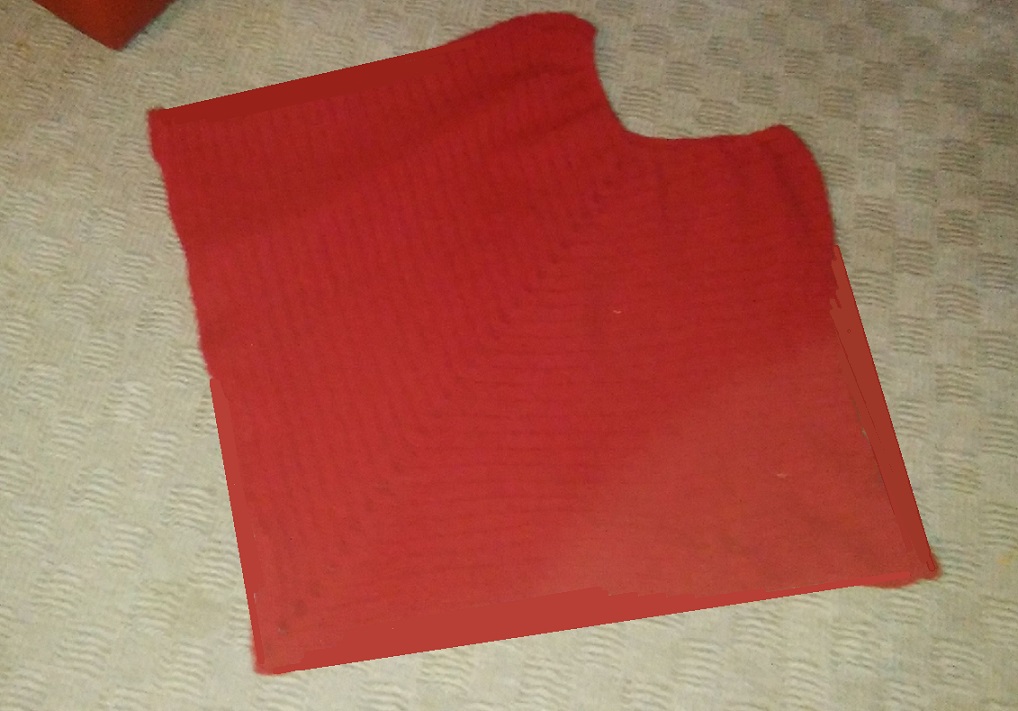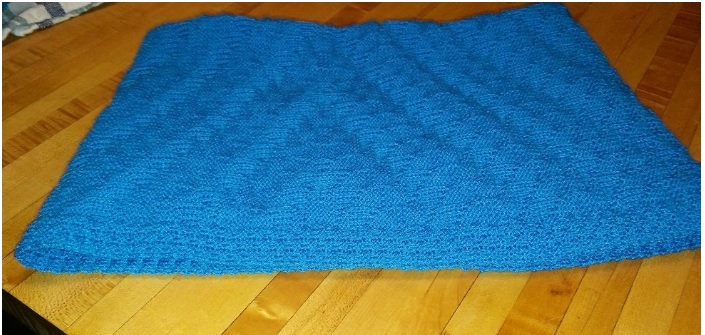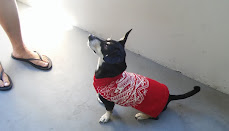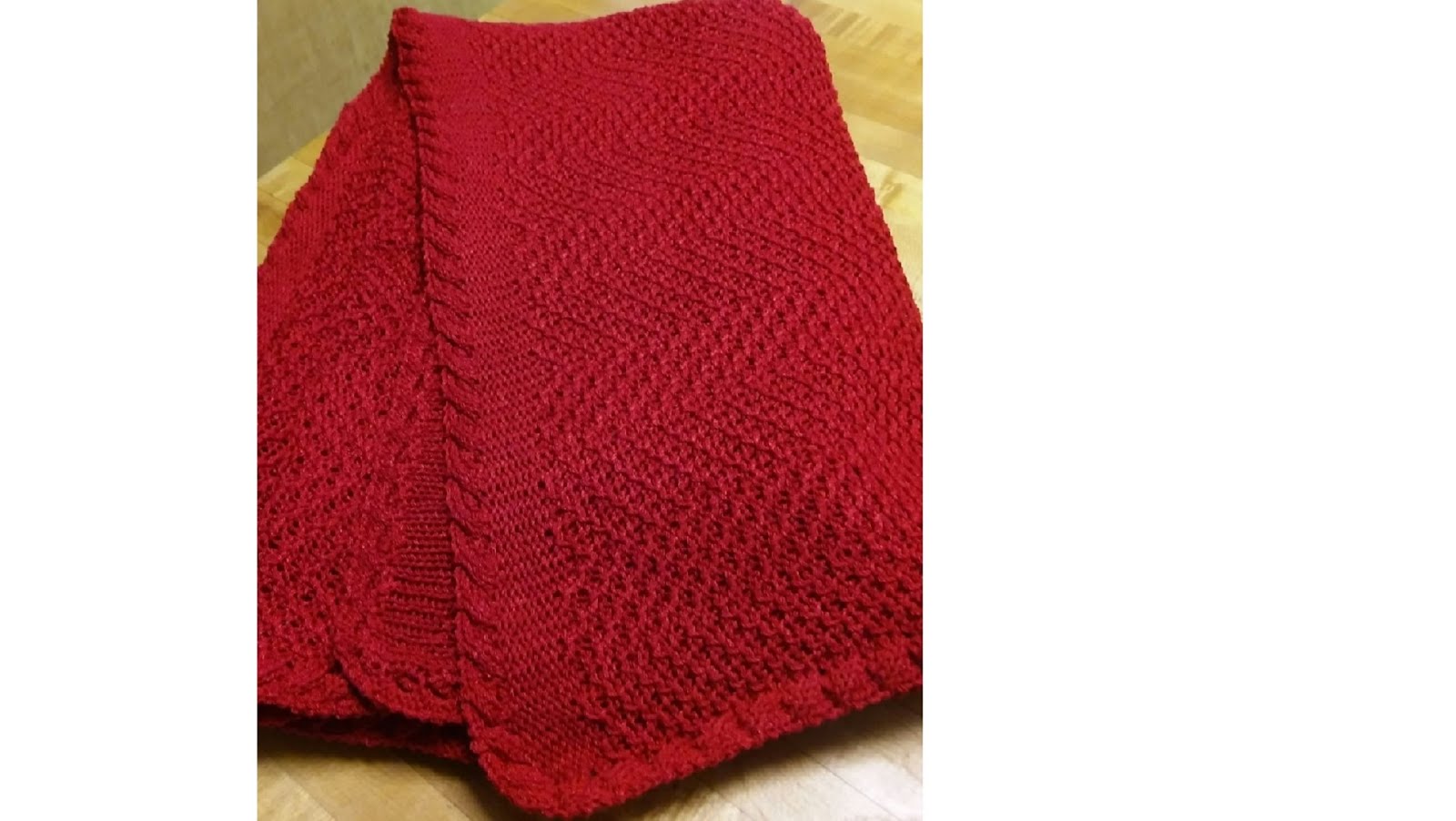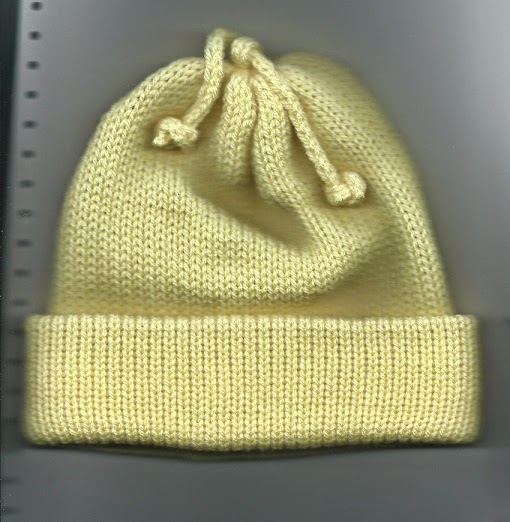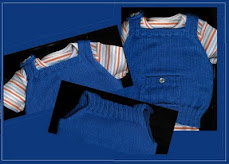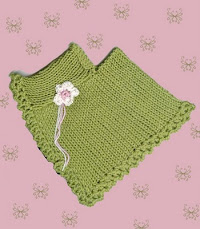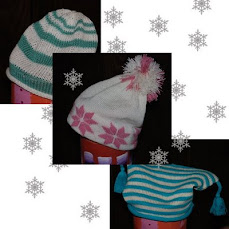machine knitting midgauge standard bulky machknit knit machine-knit patterns
Sunday, April 25, 2021
Classyhund
Thursday, April 15, 2021
Machine Knit Cotton Hot Pads
I am on a
mission to use up some of my huge cotton stash.
Have knit a lot of dishcloths, but thought it would be fun to be a
little more creative---and make something useful. I now have a cache of little gifts on hand.
Here’s how I
have done them:
*Used all cotton yarn and my standard gauge Brother 970
machine. My designs are approx. a gauge
of 7 st and 10 r to the inch, but it doesn’t matter. Mine end up to be between
7 and 9 inches wide by approximately the same height. You could use
wool---haven’t tried because I am trying to use up the cotton. You could also do these with a punch card
machine or knit them plain. But , where’s
the fun in plain???
*Start with
several rows of waste yarn with a quick cast on. Engage the design with your electronics, then
just knit not doing a permanent cast on with main yarn. I tried to be sure to do the design so that
the carriage ends at the right side when adding contrast yarn. The designs are
knit in one longish rectangle. Might
want to switch between KC I and KC II for some rows so you don’t have a
contrast yarn going all the way across the knitting for no good reason. When the design is done, the bottom row is
seamed to the top row.
* Some of your
designs may have long floats. Not to
worry. They add to the insulation
factor. I had no trouble with the
stitches not conforming to one another or splitting between stitches, but if
you do have this issue you can latch up the long float to a matching color. No
one sees the inside.
* You may
wonder why you need more rows in the middle of a design when both bottom and
top halves are the same. I found out the
hard way that you need about 4 rows to go around the “bend” when you seam
bottom to top or it’s off. If you only
want to do the bottom half of the design, that’s fine. Just remember to do the same rows as the
design and add 4 extra rows. Example—the
design is 86 rows. Knit the 86, do 4
rows plain, knit 86 rows plain.
*Adding a
loop in the corner is optional. I did
about 6 stitches x 50-60 rows, plain knitting since it curls like I cord
anyway. Looks nice if you hang the front
corner with wrong side facing, knit the loop, then pick up stitches from the
back side, knit a row and bind off. When
you seam the sides you can hide the purl bumps.
* To seam
bottom to top, you have two options:
-The Perfectionist option is to
take the piece off on waste yarn when the design is complete, turn it so the
right side is facing you, hang bottom to top stitches. Then bind off. The seam will be on the inside
and not show.
-The quicker, easier way is to
hang the beginning stitches onto the top stitches when the piece is complete,
then bind off around the gate pegs. You
will have a seam on the right side. I
think it looks ok. On one I ran out of main yarn right when I needed ONE MORE
ROW! So I used the contrast yarn to bind
off. So one row was main and one
contrast. I actually liked it--- it
created a decorative stitch.
* Options
for insulation for the middle of the hot pad--- I have used layers of
insulbright, >1 layer of flannel cotton fabric (laundered first), knitted squares of cotton yarn I didn’t like,
old cotton cut to size swatches, machine sewed around edges so they wouldn’t
unravel, cotton quilting batting, old clean towels. After completing the knitting, I turned it
wrong side out, then tacked the lining to the outer in several places, so it wouldn’t
shift. I used regular matching cotton sewing
thread. Doesn’t show if you take tiny stitches. When you are sure the lining won’t shift, turn
right side out.
* Finally, remove waste yarn and mattress
stitch the side seams by hand with right side showing.
I used
patterns that I have had in DAK for ages, some are built-in patterns, some are
purchased—lots of Dale of Norway patterns.
Some examples-----------Have
knitted abt 15 so far. Addictive. Can
you tell I love Norwegian designs???




